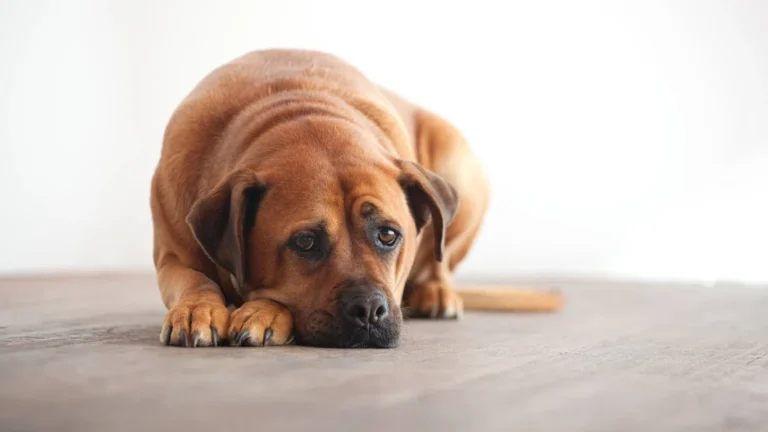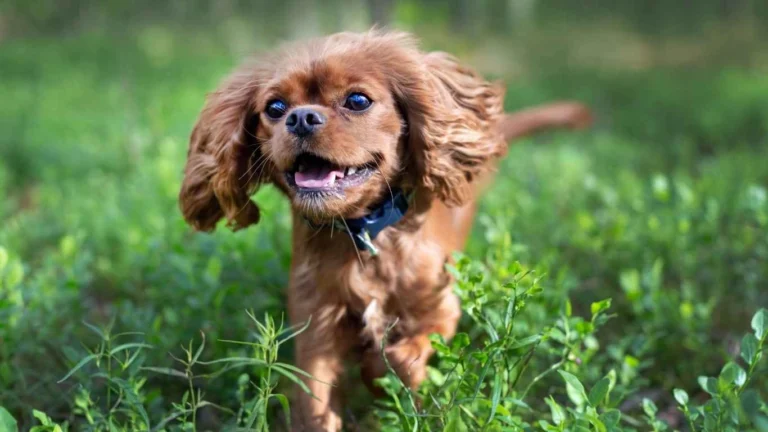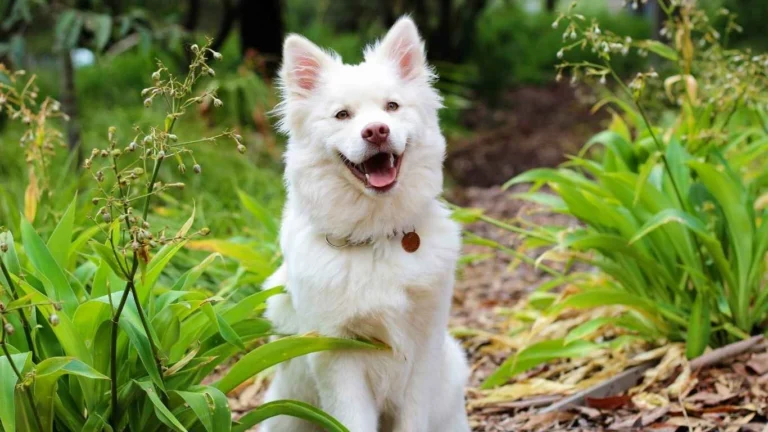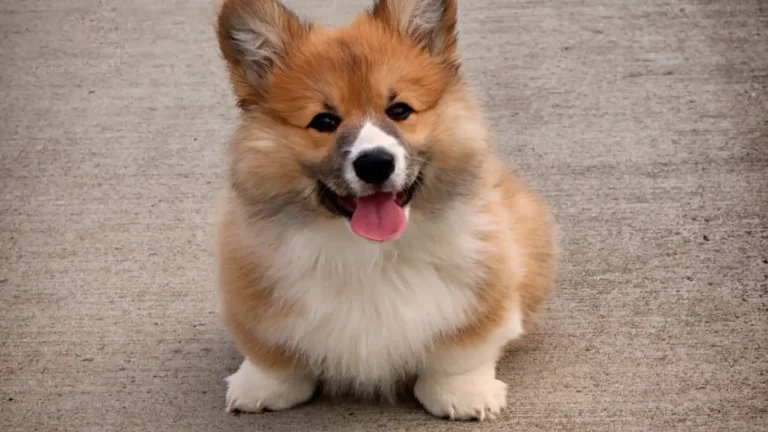Warning Signs of Dehydration in Dogs Every Owner Should Know
When it comes to keeping your dog healthy and happy, water isn’t just a luxury—it’s essential. I’ve seen way too many pups come into the clinic showing subtle signs their humans didn’t catch early enough. So let’s get into it: What are the signs of dehydration in dogs? It’s a question every dog parent should be asking, especially during those hot summer walks or after a long play session at the park. Dehydration can sneak up quickly, and unless you know exactly what to look for, it can be easy to miss until it becomes serious. Based on my hands-on experience as a Veterinary Assistant with a focus on pet nutrition, I’ll walk you through everything you need to know about spotting and preventing this common but often overlooked health issue.
Why Dehydration in Dogs Happens More Often Than You Think

Dogs lose fluids just like we do—through panting, peeing, and even their paw pads. But the tricky part? They don’t always know how to tell us when they’re running low. I’ve seen working breeds, senior pups, and even those adorable flat-faced Frenchies all struggle with hydration for different reasons.
Here are a few common causes I’ve seen firsthand:
- Hot weather or excessive exercise – Dogs don’t sweat like we do; they rely heavily on panting to cool down, which can lead to quicker fluid loss.
- Underlying illness – Vomiting, diarrhea, or even kidney issues can drain their fluid reserves fast.
- Not drinking enough water – Some dogs are just plain picky, especially if their water isn’t fresh or their bowl is in an awkward spot.
Understanding the “why” helps us prevent it—but now, let’s look at the “how.”
What Are the Signs of Dehydration in Dogs?
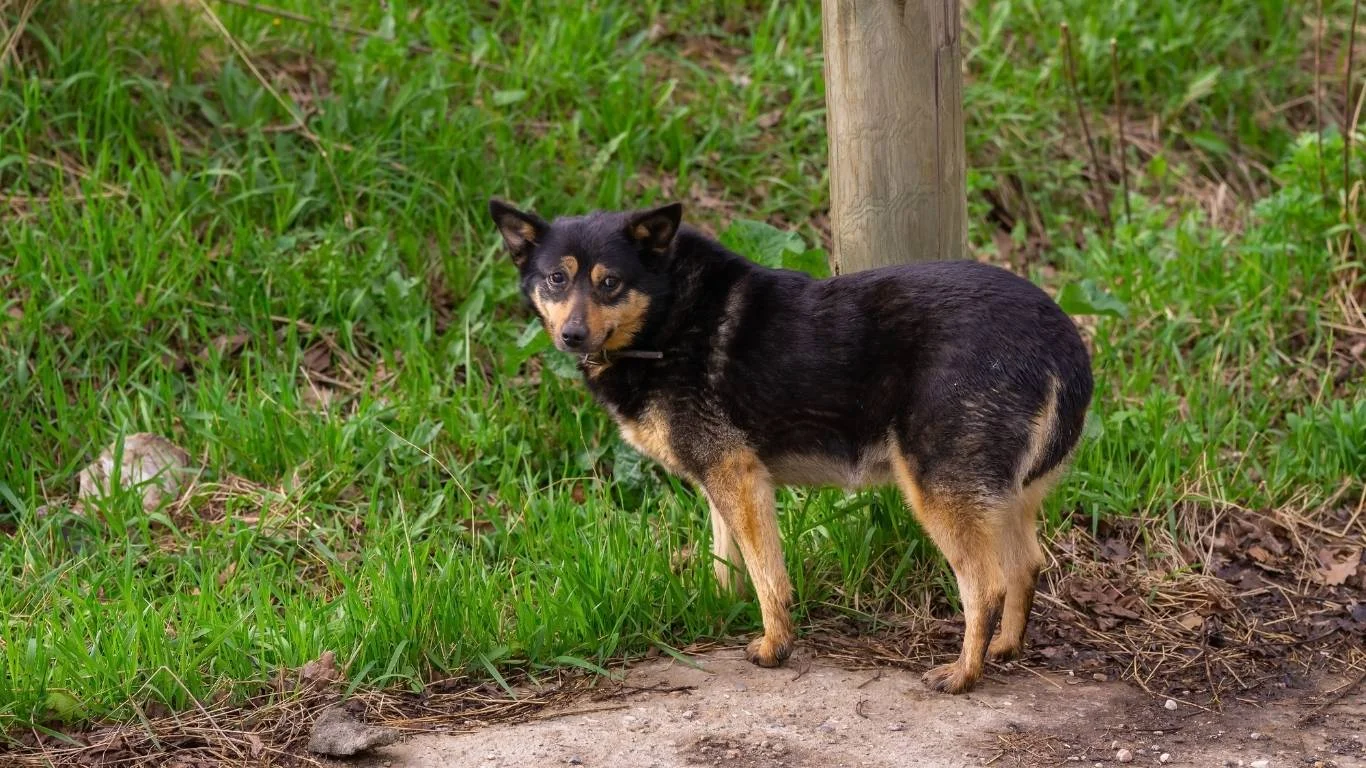
This is where it gets real. Dehydration doesn’t always come with flashing neon signs. Sometimes, it’s the little things—like when a usually bouncy Labrador suddenly seems lethargic, or a pup’s gums go from a healthy pink to a tacky, pale hue.
Subtle Yet Telling Signs
These are some early indicators I’ve spotted more times than I can count in the clinic:
- Sticky or dry gums – Gently lift your dog’s lip and touch their gums. If they feel tacky instead of slick and moist, that’s a red flag.
- Skin elasticity loss – Pinch the skin between their shoulders and see how fast it bounces back. If it’s slow to return, hydration might be an issue.
- Lethargy and weakness – Your energetic pal suddenly wanting to nap all day? That’s more than just being tired.
- Sunken eyes – It’s subtle, but dogs with dehydration often have a hollowed look around their eyes.
- Heavy panting or dry nose – Especially if it’s not that hot out, keep an eye on this.
I remember one golden retriever named Max—always full of energy—came in acting totally off. No fever, no injury, just slow and uninterested in his favorite treats. A quick gum check and skin test told us what we needed: he was mildly dehydrated from a stomach bug his owner hadn’t noticed yet. Simple hydration support turned him around in no time.
Advanced Warning Signs (Get to the Vet!)
If you notice any of the following, it’s time to stop Googling and call your vet ASAP:
- Vomiting or diarrhea that persists more than a few hours
- Collapse or unresponsiveness
- Rapid heart rate or abnormal breathing
These are serious indicators that your dog’s fluid balance is dangerously off and medical intervention is needed right away.
Why Nutrition Plays a Bigger Role Than You Might Think

Here’s where my nutrition focus comes into play. You’d be surprised how much of a difference diet makes. Kibble-only dogs often struggle more with hydration than pups on a mix of wet food or fresh diets. I’ve seen big improvements in hydration status just by recommending a few tweaks to a dog’s meals.
Some hydration-friendly nutrition tips:
- Mix in wet food or bone broth for a moisture boost.
- Add hydration supplements like canine electrolytes during summer or illness.
- Use a pet water fountain—dogs love fresh, moving water.
Nutrition isn’t just about calories—it’s about keeping your dog’s entire system balanced. Hydration is a huge part of that.
How to Hydrate a Dehydrated Dog at Home
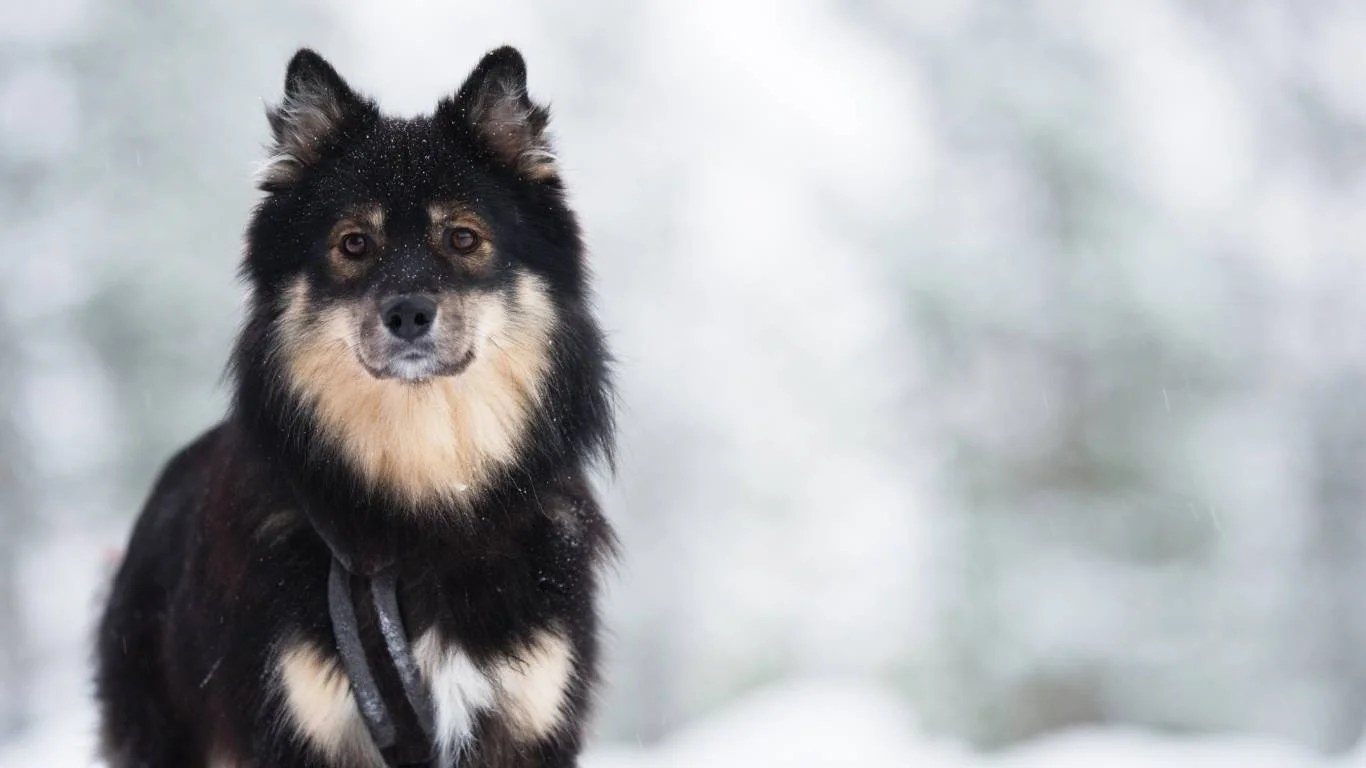
Alright, so you’ve spotted a few warning signs and your gut says your pup’s not 100%. First off, trust that instinct—it’s usually right. If it’s a mild case of dehydration and your dog isn’t vomiting or acting critically sick, there are a few things you can try at home to help rehydrate them. I’ve used these exact tricks more times than I can count, especially with picky drinkers or senior dogs that need a little extra TLC.
Encourage Small Sips Frequently
Don’t just plop a big bowl of water in front of them and hope for the best. Instead, offer small amounts of water every 10–15 minutes. If they gulp down too much at once, especially after vomiting, it can come right back up. I usually use a small bowl or even a pet syringe (no needle, of course) to slowly offer water to more reluctant pups.
Try Tasty, Hydrating Add-Ins
Here’s a pro tip from the clinic and my kitchen: flavor that water! Dogs love the taste of unsalted bone broth or a splash of low-sodium chicken broth. You’d be surprised how many dogs will lap up broth when they’ve totally ignored plain water.
Use Ice Cubes or Crushed Ice
Some dogs just prefer crunching on ice. It’s especially helpful when they’re a little nauseous. One of our patients, a stubborn little Shih Tzu named Bella, wouldn’t drink anything after dental surgery—but she happily munched on ice chips every hour. That alone kept her going until she felt better.
Offer Wet Food or Hydrating Snacks
If they’re eating, switch from kibble to a high-moisture diet temporarily. Think canned food, rehydrated freeze-dried meals, or even soft-cooked pumpkin and watermelon (in moderation, of course). These moisture-rich options can give a nice hydration boost without them even realizing it.
When to Stop Trying at Home and Call the Vet

Now, I’m all for giving things a shot at home, but there’s a fine line. If your dog’s showing more than mild signs, or they’re not bouncing back quickly, it’s time for a vet visit. I’ve seen dogs perk up within hours at home—and I’ve seen others take a turn for the worse because treatment was delayed. Don’t wait too long if something feels off.
Here’s your red-alert checklist:
- They won’t drink anything for 24+ hours
- Vomiting or diarrhea continues
- Gums are pale or extremely sticky
- They seem confused, lethargic, or disoriented
- Skin stays tented (doesn’t bounce back quickly after you pinch it)
Your vet may give subcutaneous or IV fluids, and trust me, it can make a massive difference fast. I’ve watched dogs go from flat-out lethargic to tail-wagging within hours of proper hydration therapy.
Simple Ways to Prevent Dehydration Before It Starts

Let’s talk prevention—because that’s where we have the most control. Keeping your dog hydrated doesn’t have to be complicated. A few tiny adjustments can make a world of difference, especially if you’ve got a breed that’s more prone to dehydration or you live somewhere with blazing summers (looking at you, Arizona!).
Keep Fresh Water Accessible, Always
This one seems obvious, but I’ve visited homes where the water bowl was tucked in a far corner or was full of old, slimy water. Dogs are like us—they want fresh, clean water. Use ceramic or stainless steel bowls and clean them daily. Bonus tip: try a dog-friendly water fountain. I use one at home, and my own dog drinks way more now—it’s like a mini waterfall just for her!
Adjust Diet Based on Season and Activity
In the summer, I tell clients to bump up their dog’s moisture intake by switching 25–50% of their kibble to canned or home-cooked meals. After hikes or high-energy play, toss in some rehydration powder or pet-safe electrolyte drops. It’s like Gatorade for pups—without the sugar and dyes, obviously.
Make Hydration Fun
Yup, fun. Freeze broth or goat’s milk into ice cube trays and let your pup lick them on hot days. Even adding water into puzzle feeders can turn drinking into a little brain game. I’ve done this for dogs who refuse to drink during vet stays—it’s a sneaky but effective trick.
Recognize Risk Factors Early
Some dogs are just more prone to dehydration:
- Senior dogs – Their sense of thirst can dull with age.
- Flat-faced breeds (like Pugs and Bulldogs) – They overheat quickly due to short airways.
- Dogs on certain meds – Diuretics or kidney medications can lead to fluid loss.
If your dog checks any of those boxes, be extra proactive. Keep a water bottle with you on walks, offer broths regularly, and don’t be afraid to bring it up with your vet during check-ups. You’d be surprised how often subtle dehydration plays a role in chronic health issues.
Next time your pup seems a little off, or that water bowl doesn’t look touched—trust your instincts. Hydration is one of the simplest but most powerful things you can monitor as a dog parent. And honestly, once you know what to watch for, it becomes second nature.
How Vets Diagnose and Treat Dehydration in Dogs
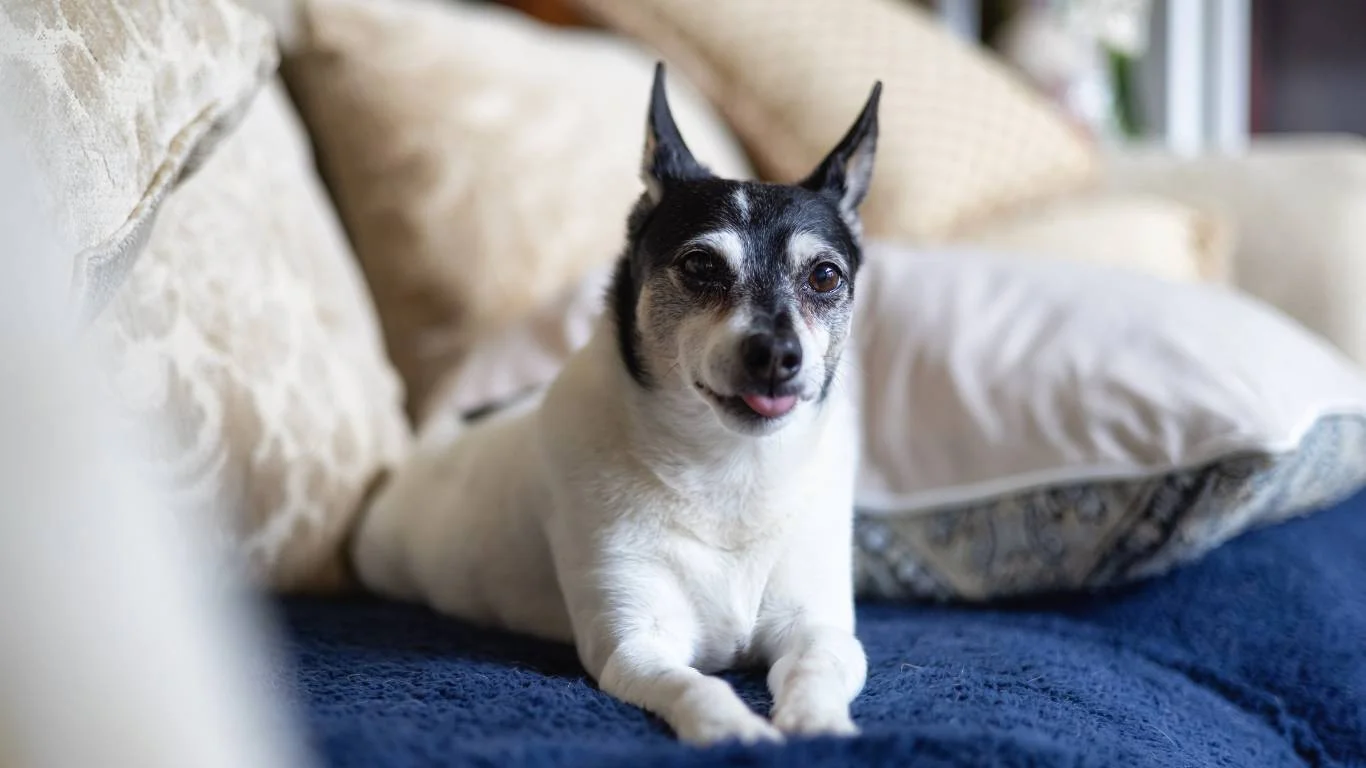
If you’ve already taken steps at home and you’re still worried, you’re not alone. I’ve had plenty of clients come in just to be safe, and honestly—that’s a smart move. You can’t always tell how serious dehydration is without some tools we use in the clinic. The good news? With a quick exam and a few tests, we can usually get to the bottom of it fast.
What Your Vet Will Look For
We start with a hands-on check. Gums, skin turgor, heart rate, and body temperature all offer immediate clues. But we often run a few quick diagnostics too:
- Blood tests – To check for elevated hematocrit (which shows fluid loss) and electrolyte imbalances.
- Urinalysis – Tells us how concentrated the urine is and how well the kidneys are functioning.
- Hydration score – Based on physical signs like sunken eyes, delayed skin bounce-back, and tacky gums.
One time we had a husky named Rocket come in after a long hike. His owner wasn’t sure anything was wrong—he just seemed “a little tired.” But his blood work told us otherwise. He was dehydrated and already starting to show early kidney stress. A few hours of IV fluids turned things around, but if they’d waited even a day longer, it could’ve gone downhill fast.
Treatment Options You Might See
Treatment depends on severity. Mild dehydration? Oral rehydration, maybe some electrolyte support. Moderate cases often get subcutaneous fluids—a quick injection under the skin that absorbs slowly. Severe cases? That’s IV territory, with fluid therapy often needing close monitoring over several hours or even overnight.
Common Myths About Dog Hydration (Busted)

Let’s clear the air—because I’ve heard some of these more times than I can count, and they drive me a little nuts.
“If the bowl’s full, they’re drinking enough.”
Nope! Some dogs barely touch their bowl, and unless you’re measuring intake or checking the water level daily, it’s easy to miss. I suggest using a marked water bottle or pet fountain with a gauge if you’re unsure.
“Wet noses mean they’re hydrated.”
Not quite. A moist nose can be a good sign, but it doesn’t rule out internal dehydration. I’ve seen dehydrated dogs with damp noses plenty of times. Gum checks are a better indicator.
“They’ll drink when they’re thirsty.”
I wish this were always true. But older dogs, those with chronic conditions, or pups under stress might not respond normally to thirst cues. Some dogs even avoid drinking after vomiting or illness. That’s why proactive hydration matters.
Final Thoughts: Be Your Dog’s Hydration Hero
So if you’ve been asking, What are the signs of dehydration in dogs?—now you’ve got a full toolbox. And from one pet-loving human to another, let me say this: keeping your pup well-hydrated is one of the most powerful things you can do for their overall health.
It’s not just about the water bowl. It’s about daily habits, nutrition choices, recognizing early signs, and not being afraid to call your vet when your gut tells you something’s off. I’ve had dogs bounce back from the brink with just a little extra care—and I’ve seen what happens when dehydration is ignored too long.
As a Veterinary Assistant with a focus on nutrition, I’ve learned hydration impacts everything—digestion, kidney health, energy, even coat condition. And the more you learn to read your dog’s subtle signs, the more you’ll be able to support them like a pro.
Resources & References
Disclaimer
This article is based on personal experience as a Veterinary Assistant with a nutrition focus and is intended for educational purposes only. It does not substitute professional veterinary advice. If your pet is showing symptoms of dehydration or illness, always consult your veterinarian for diagnosis and treatment tailored to your dog’s specific needs.

